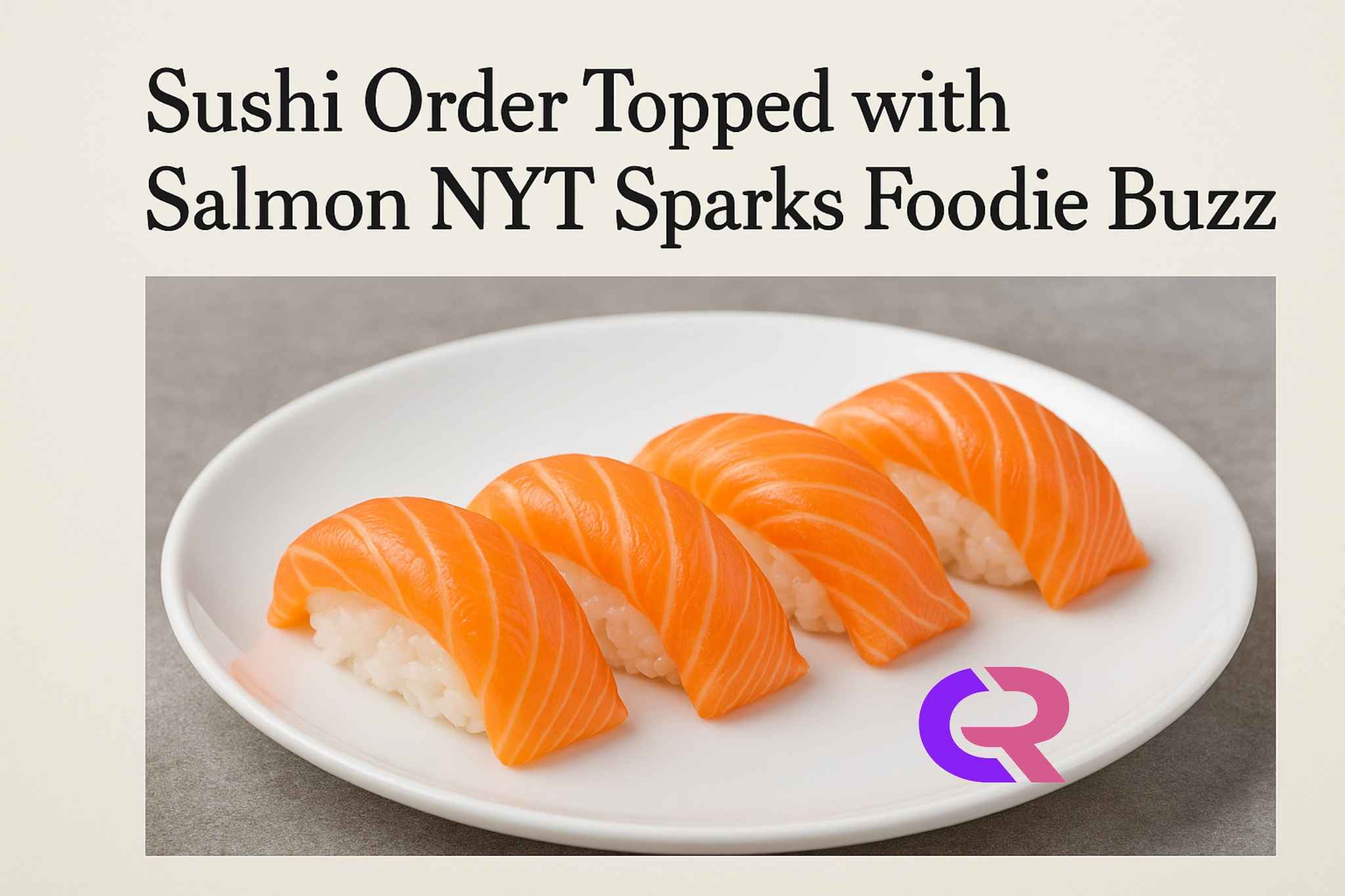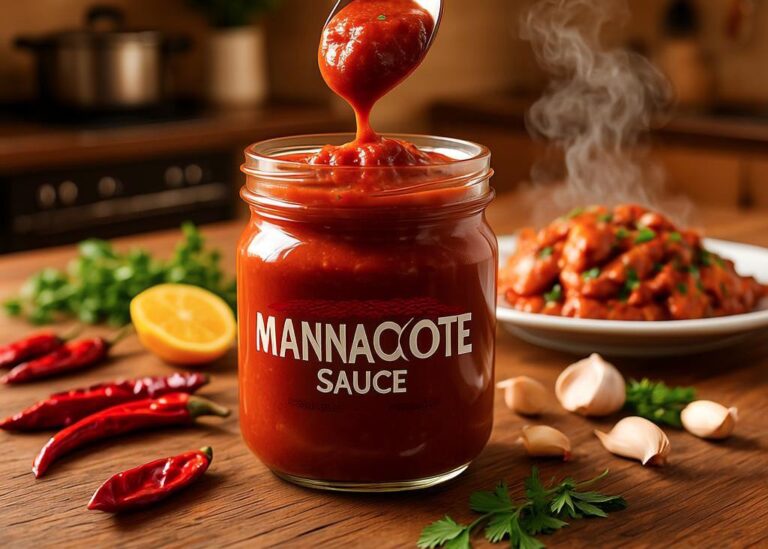Sushi order topped with salmon NYT sparks foodie buzz
The phrase sushi order topped with salmon NYT isn’t just a passing mention in a crossword puzzle anymore. It’s become a viral trigger for sushi lovers, crossword solvers, and curious foodies who want to know why this combination has gripped public attention. If you’re trying to decode what makes this order so special—or why the New York Times mentioned it at all—you’re not alone. The answer lies in a cultural collision between cuisine and language that’s gotten people talking.
Why the sushi order topped with salmon NYT clue matters
The New York Times crossword isn’t just a game—it’s a daily ritual for millions. When a clue like sushi order topped with salmon NYT pops up, it does more than just challenge players. It pushes them to think about food culture in an entirely new way. This phrase suggests a common item you’d find at a sushi bar, yet framed in such a way that it takes on puzzle-worthy importance.
The clue led many to the word “nigiri,” a type of sushi made of a slice of raw fish (in this case, salmon) laid over a small mound of vinegared rice. The simplicity of nigiri makes it an elegant staple in Japanese cuisine, and the salmon topping is a go-to favorite. But what makes this specific phrasing—sushi order topped with salmon NYT—stick is how ordinary it sounds at first and how specific it actually is once you unpack it.
How crossword clues become cultural touchpoints
The New York Times crossword has a reputation for including clues that touch on everything from pop culture to cuisine. But the phrase sushi order topped with salmon NYT takes a seemingly basic food item and adds a level of mental gymnastics. It makes people stop and ask: what kind of sushi fits that exact description? This is where knowledge of food, language, and logic intersect.
When this clue first appeared, it sparked online discussion. Reddit threads lit up. Food bloggers dissected it. Sushi lovers weighed in. Everyone had an opinion. Some were annoyed at the clue’s vagueness. Others admired its elegance. But the real win was how it brought sushi—and especially salmon-topped nigiri—back into the spotlight.
Why salmon-topped nigiri dominates sushi culture
Sushi isn’t a trend; it’s a global mainstay. And salmon-topped nigiri is often the entry point for many sushi newcomers. It’s clean, rich, and visually striking. The vibrant orange of the salmon contrasts beautifully with the white rice, making it Instagram-worthy and palate-friendly.
You might like it – What Is The Tea Used In Chinese Restaurants?
In Japanese tradition, salmon wasn’t always used for raw preparations. It gained popularity thanks to innovations in seafood safety and Norway’s salmon export campaigns. Today, salmon nigiri is a sushi bar standard. And clues like sushi order topped with salmon NYT only solidify its place in cultural consciousness.
It’s not just delicious—it’s iconic. When you say you’re craving sushi, chances are, a salmon nigiri is what flashes in your mind.
Decoding the crossword logic behind the clue
Let’s look at the structure of the phrase. It’s a classic example of wordplay blended with culinary reference. The phrasing nudges solvers toward something literal: sushi, topped with salmon. But crossword fans know to dig deeper. The trick lies in identifying a sushi term where the topping (salmon) is essential to its definition.
“Nigiri” fits perfectly. It’s minimalist, specific, and makes complete sense in the context of both the clue and real-world sushi orders. This is what crossword creators thrive on—layering meanings in a way that feels rewarding when the lightbulb clicks on.
The NYT crossword’s impact on food trends
Believe it or not, crossword clues influence real-world behavior. When millions of people encounter it, some of them will find themselves craving that exact dish. Others will head to Google, trying to understand the reference. The ripple effect drives food curiosity and sometimes even boosts demand.
Restaurants have noticed. After certain clues go viral, searches for specific dishes spike. And if you’re a sushi chef or restaurant owner, clues like sushi order topped with salmon NYT are practically free advertising—assuming you serve the right kind of sushi.
Sushi in mainstream media: more than a food trend
Sushi isn’t just on your plate—it’s on your screens, in your word games, and across your social feeds. When the New York Times includes a sushi clue like sushi order topped with salmon NYT, it reinforces how deep sushi has embedded itself into Western culture. What was once considered exotic is now seen as essential.
People aren’t just eating sushi. They’re ranking it, photographing it, writing about it, and solving clues related to it. This level of saturation makes a crossword clue more than a hint—it’s a signpost of cultural relevance.
The role of clarity and specificity in clues
What made the sushi order topped with salmon NYT stand out is how clear yet clever it was. No puns. No misdirection. Just a solid clue that rewards familiarity with both sushi and crosswords. It’s this level of craftsmanship that makes the NYT crossword revered.
This clarity also satisfies user intent. People who search this clue aren’t looking for sushi recipes or restaurant reviews. They want a crossword solution. They want to know what fits. And the answer—nigiri—delivers that clarity.
Nigiri: the unsung hero of sushi culture
While rolls (makizushi) often steal the spotlight with their variety and flair, nigiri remains the quiet giant. It’s pure. No sauces. No extra fluff. Just fish and rice. That simplicity is what makes it powerful.
The clue sushi order topped with salmon NYT brings nigiri to the forefront. It highlights how even the most straightforward dishes deserve appreciation. And in a crossword, simplicity is often the most elegant solution.
A cultural snapshot hidden in nine letters
The phrase sushi order topped with salmon NYT isn’t just about food. It captures a cultural snapshot. It reflects how deeply interconnected our eating habits, media consumption, and recreational puzzles have become. Crossword solvers encounter the clue. They look up the answer. They might even order nigiri for lunch. That’s the influence.
This kind of convergence isn’t accidental. It shows how a well-written clue can bridge gaps between culture and language, between cuisine and cognition. And when those intersections are authentic, they leave a lasting impression.
Why people are still searching for the clue
Even weeks after it first appeared, the search for sushi order topped with salmon NYT continues. That speaks volumes. It shows that the clue hit a nerve—not because it was obscure, but because it was just obscure enough to trigger curiosity.
That curiosity drives engagement. It turns a five-letter answer into a larger conversation about food, language, and shared experiences. And it reinforces why crossword clues, especially from the New York Times, hold such power.
The legacy of a single crossword clue
Some crossword clues vanish after a day. Others live on. The clue sushi order topped with salmon NYT has staying power. It’s specific. It’s memorable. And it leaves you a little hungrier than you were before solving it.
Whether you’re a daily solver or someone who just stumbled on the clue while Googling, there’s something satisfying about unlocking the meaning behind it. And maybe, just maybe, you’ll order a plate of salmon nigiri the next time you’re out—because of a crossword puzzle.
The final word on sushi order topped with salmon NYT
This clue isn’t just a puzzle entry—it’s a gateway. It invites you into the world of sushi, language, and cultural nuance. It’s short but powerful. And it’s exactly the kind of clue that reminds us why we love crosswords in the first place.
The sushi order topped with salmon NYT clue might’ve started as just another entry on a grid. But it ended up being a moment of cultural reflection, foodie inspiration, and a clever nod to a dish that deserves the spotlight.






